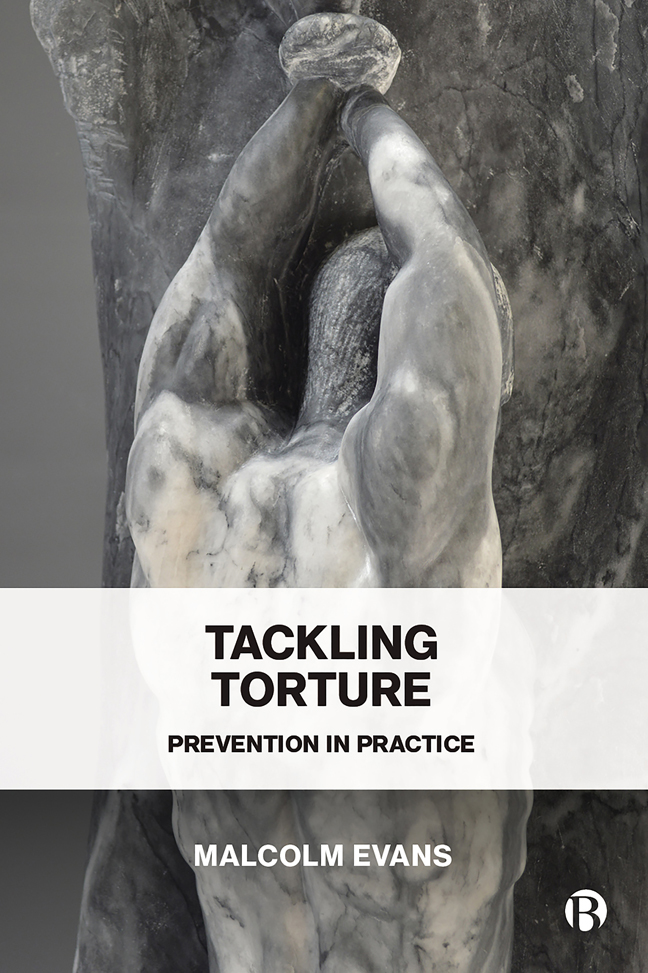9 - Excusing the Inexcusable
Published online by Cambridge University Press: 24 January 2024
Summary
Introduction
The previous chapter highlighted examples of situations in which the unacceptable had become so embedded in day-to-day routines and practices that it seemed to pass almost without notice. It was ‘just the way things are’. When challenged, sometimes those responsible would acknowledge the need to address the situation and seek to do so. For example, we visited a detention centre for foreign migrants considered to be in that country illegally. While this was doubtless true of some, most appeared to be migrant workers whose employers no longer wanted to pay them and who had handed them over to the authorities while retaining their documentation, thus rendering them ‘illegal’ and liable to detention pending expulsion. Understandably, many were agitated, angry and sometimes aggressive. Who wouldn't be, knowing that you were likely to continue to be held in one of the 12 or so large cagelike structures, each holding 20 to 30 people indeterminately, for weeks, months or longer through no fault of your own?
To help ‘calm down’ those in need of calming (we were told), there were a series of small, clearly visible coffin-like ‘cells’ in which the detainees could be placed. These were not only used for purposes of ‘control’, but also to ‘persuade’ those in the detention centre to give details of their nationality or to give their ‘consent’ to being returned to their country of origin or to being sent elsewhere. These ‘cells’ were just less than a metre square, and a little over 2 metres high. We measured them carefully. People were placed inside for periods ranging between one and 12 hours at a time, and this could happen for several days in succession. It was virtually impossible to sit down in them (I know, I tried). Apart from a small grill in the metal door at face level, there was no ventilation or light of any kind. We spoke to one man who said that having been placed in one of these containers for eight hours a day for two days in a row, and faced with being put back inside again he told the guards whatever he thought they wanted to hear. According to the definition of torture examined earlier in this book these cells amounted to tools of torture: they were being used purposively to acquire information, to intimidate and coerce in an inhuman way.
- Type
- Chapter
- Information
- Tackling TorturePrevention in Practice, pp. 149 - 159Publisher: Bristol University PressPrint publication year: 2023

